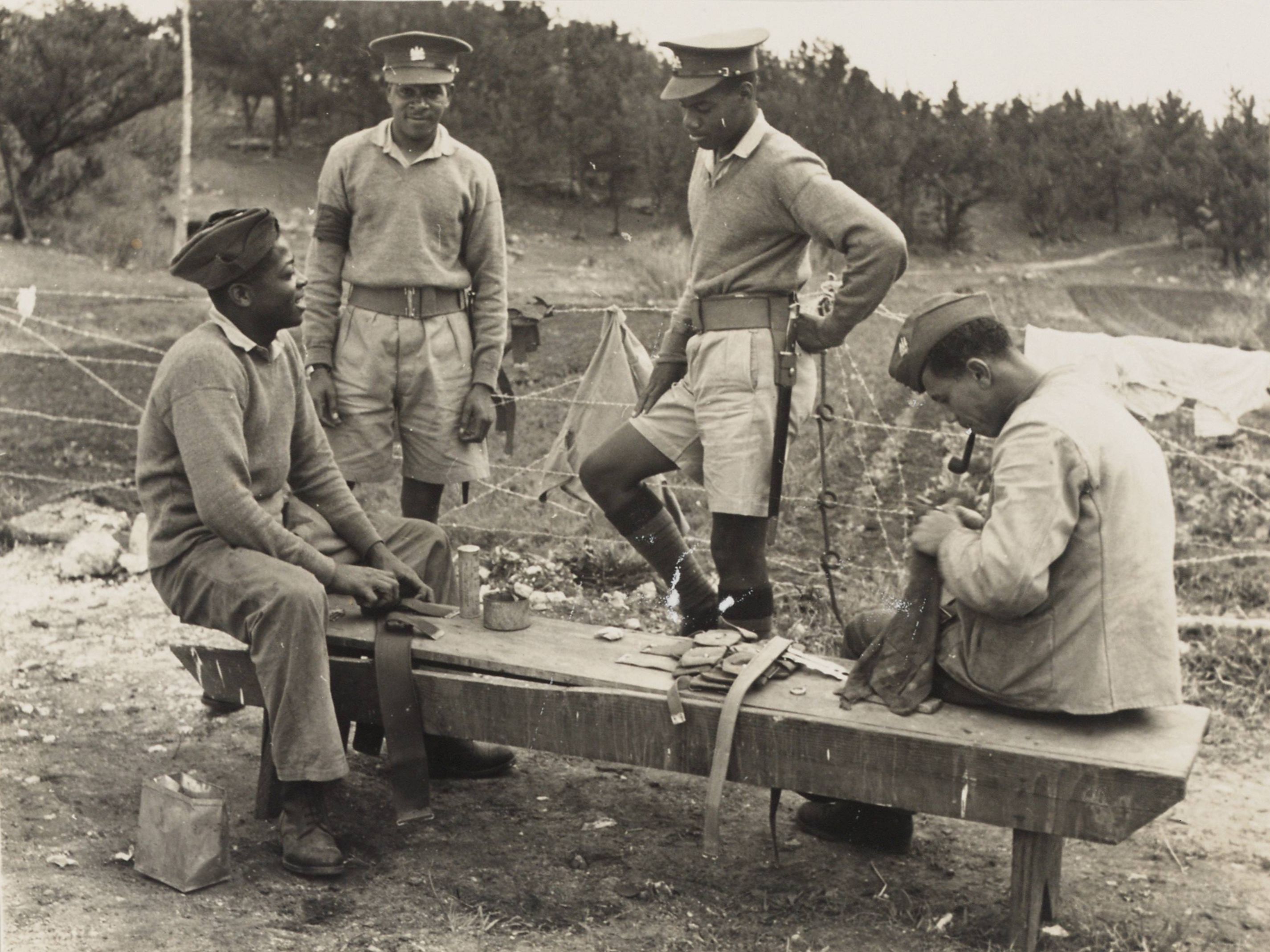General Service Corps on:
[Wikipedia]
[Google]
[Amazon]
The General Service Corps (GSC) is a
 From 1914, for the General List and later the General Service Corps, the cap badge has been the
From 1914, for the General List and later the General Service Corps, the cap badge has been the
corps
Corps (; plural ''corps'' ; from French , from the Latin "body") is a term used for several different kinds of organization. A military innovation by Napoleon I, the formation was first named as such in 1805. The size of a corps varies great ...
of the British Army
The British Army is the principal land warfare force of the United Kingdom, a part of the British Armed Forces along with the Royal Navy and the Royal Air Force. , the British Army comprises 79,380 regular full-time personnel, 4,090 Gurkha ...
.
Role
The role of the corps is to provide specialists, who are usually on the Special List or General List. These lists were used in both World Wars for specialists and those not allocated to other regiments or corps. InWorld War II
World War II or the Second World War, often abbreviated as WWII or WW2, was a world war that lasted from 1939 to 1945. It involved the World War II by country, vast majority of the world's countries—including all of the great power ...
, they were used for male operatives of the Special Operations Executive
The Special Operations Executive (SOE) was a secret British World War II organisation. It was officially formed on 22 July 1940 under Minister of Economic Warfare Hugh Dalton, from the amalgamation of three existing secret organisations. Its p ...
(female operatives joined the FANY).
History
The General Service Corps itself was formed in February 1942. From 2 July 1942, army recruits were enlisted in the corps for their first six weeks so that their subsequent posting could take account of their skills and the Army's needs. A similar role, holding some recruits pending allocation to their units, continues today. Bermuda Militia Infantry soldiers absorbed into theBermuda Militia Artillery
The Bermuda Militia Artillery was a unit of part-time soldiers organised in 1895 as a reserve for the Royal Garrison Artillery detachment of the Regular Army garrison in Bermuda. Militia Artillery units of the United Kingdom and Colonies were int ...
before demobilisation in 1946 wore the General Service Corps cap badge instead of the Royal Artillery cap badge.
Insignia
 From 1914, for the General List and later the General Service Corps, the cap badge has been the
From 1914, for the General List and later the General Service Corps, the cap badge has been the Royal Arms
The royal coat of arms of the United Kingdom, or the royal arms for short, is the arms of dominion of the British monarch, currently King Charles III. These arms are used by the King in his official capacity as monarch of the United Kingdom. Varia ...
, with variously a king's or a queen's crown, depending on the reigning monarch. It bears the motto of the monarch '' Dieu et mon droit'' and the Order of the Garter
The Most Noble Order of the Garter is an order of chivalry founded by Edward III of England in 1348. It is the most senior order of knighthood in the British honours system, outranked in precedence only by the Victoria Cross and the Georg ...
motto ''Honi soit qui mal y pense
(, , ) is a maxim in the Anglo-Norman language, a dialect of Old Norman French spoken by the medieval ruling class in England, meaning "shamed be whoever thinks ill of it", usually translated as "shame on anyone who thinks evil of it" It ...
''. As a result, a GSC nickname was 'Crosse and Blackwell' after the firm
The FIRM (stylized as The FIRM) is a brand of exercise videos and equipment currently owned by Gaiam. The original "The FIRM" videos are best known for popularizing a hybrid of aerobic exercise and weight training.
History
In 1979, Anna Ben ...
whose tins and jar labels had a prominent royal coat of arms. The same capbadge has been used for other British Army regiments and corps for which no unique badge has been authorised, including the Royal Reserve Regiments, the later Royal Garrison Regiment, and the Bermuda Militia Infantry.
Notable personnel
Notable members of the General List/General Service Corps include: * Terence Atherton * Walter Freud * Peter Lake * T. E. Lawrence (Lawrence of Arabia) * Bob Maloubier *John Pendlebury
John Devitt Stringfellow Pendlebury (12 October 1904 – 22 May 1941) was a British archaeologist who worked for British intelligence during World War II. He was captured and summarily executed by German troops during the Battle of Crete.
...
* Tracy Philipps
James Erasmus Tracy Philipps (20 November 1888 – 21 July 1959) was a British public servant. Philipps was, in various guises, a soldier, colonial administrator, traveller, journalist, propagandist, conservationist, and secret agent. He served ...
* Arthur Staggs
Order of precedence
The corps is twenty-second in the British Army's order of precedence.References
British administrative corps Military units and formations established in 1914 {{UK-mil-stub